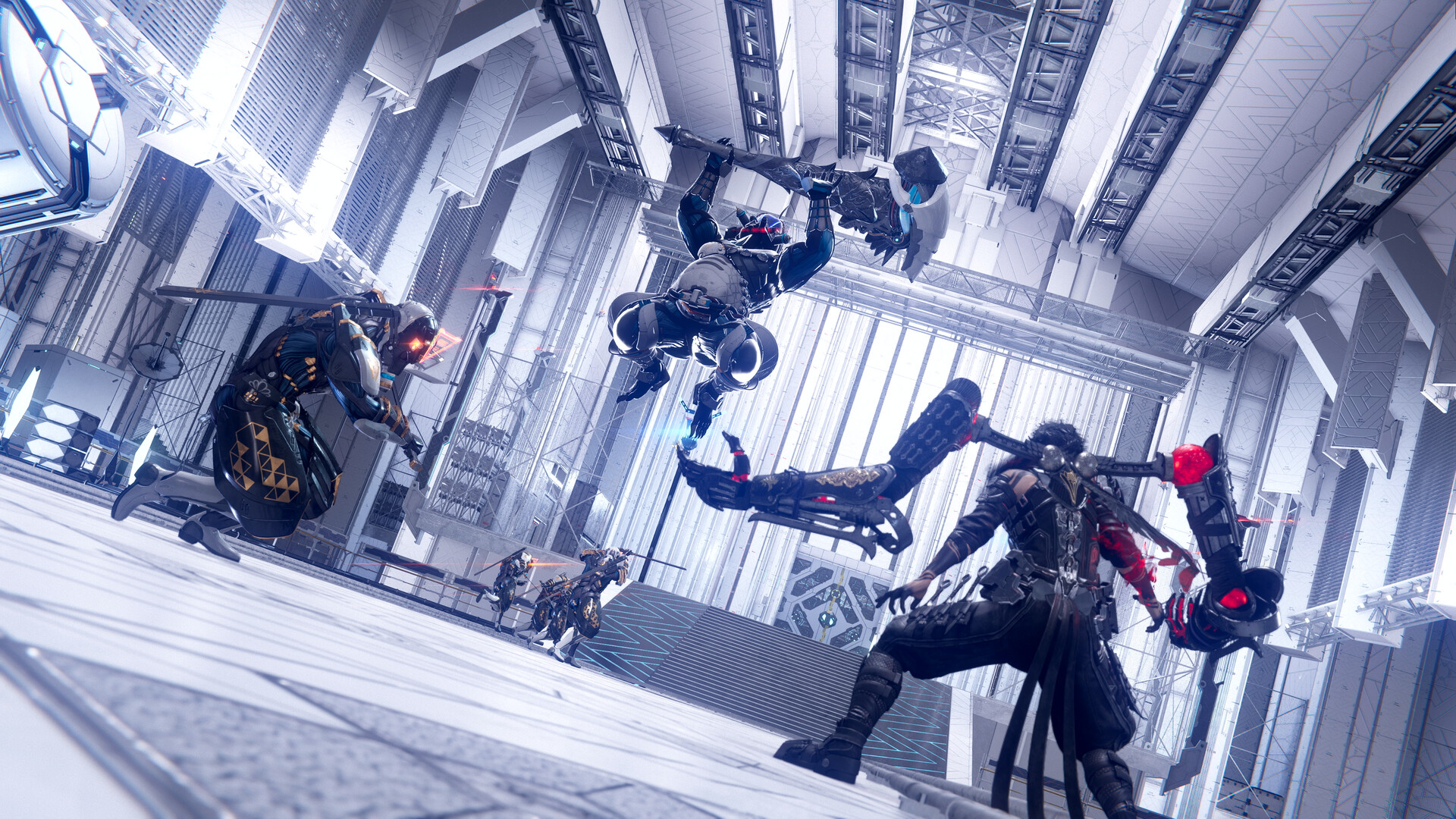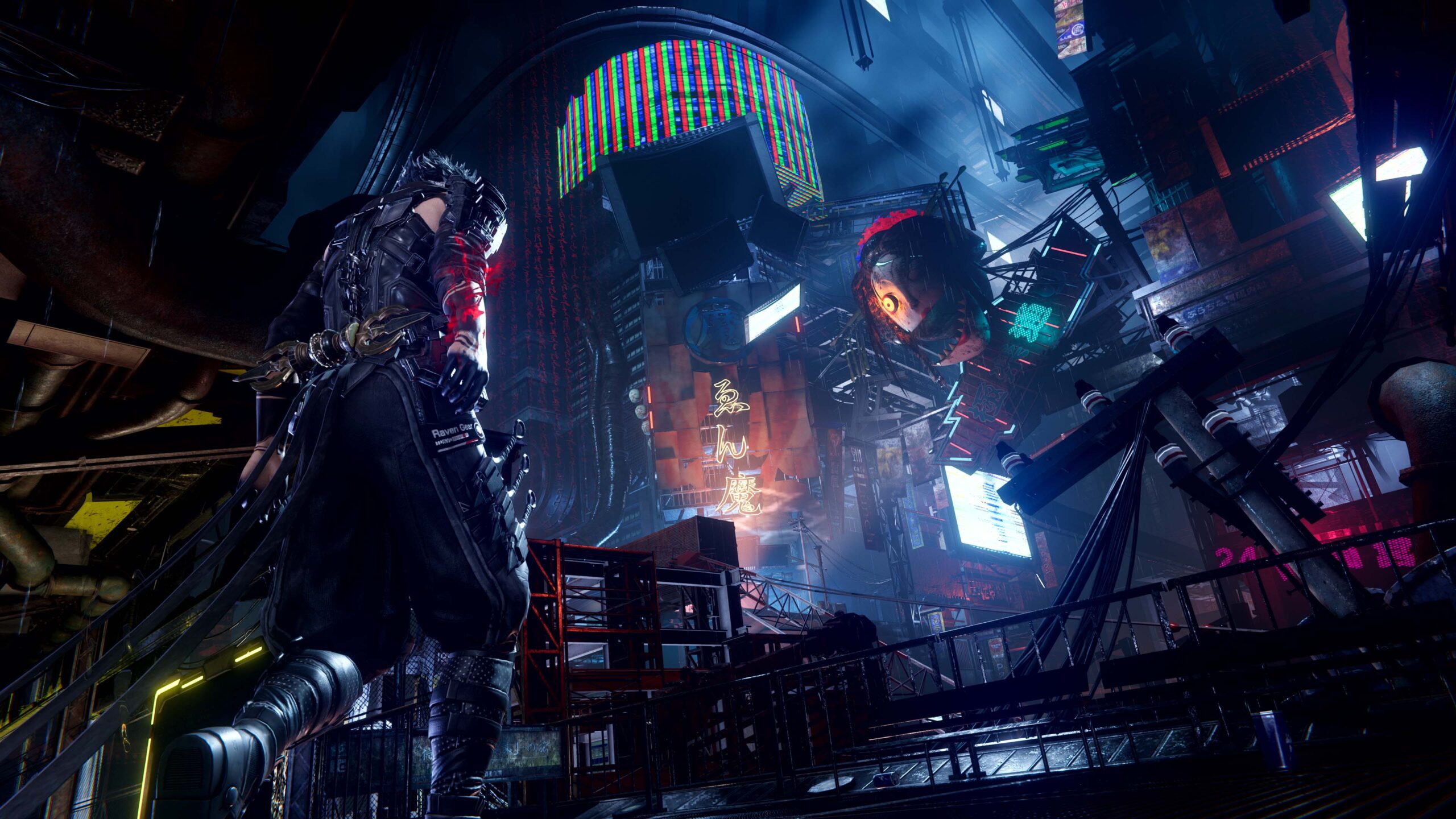Is Ninja Gaiden 4 A Better Game Than Ninja Gaiden Black?
It’s been a long wait, but Ninja Gaiden 4 is finally available and receiving relatively positive impressions from critics and fans. However, when you look back on previous games in the series, specifically the peak of Ninja Gaiden Black, it’s interesting to see how drastically the execution has changed. Certain design choices remain the same (though some have different sensibilities), and yet, the essence of Ninja Gaiden is very much intact.
Of course, Black is known for taking everything about the first Ninja Gaiden and essentially enhancing it, adding new difficulty options (including the series’ staple Master Ninja), Mission Mode, new bosses, and even improvements to the camera. The difficulty also changed numerous encounters, resulting in different enemy layouts and thus more challenging scenarios.
So, how much better is Ninja Gaiden 4 over Ninja Gaiden Black? Does it set a new standard for the series, or does it fall behind? Let’s dive in and find out.
Combat
[embedded content]
“Methodical” is a good way to describe Ninja Gaiden’s combat as a whole since you couldn’t interrupt your own attacks, and it often paid to observe and react to enemy attacks. Black also incorporates the two post-launch Hurricane Packs for the original, but it doesn’t include Intercept (which is essentially Perfect Blocking). This made it far more challenging than the original.
What’s interesting is how it balanced agility with more stationary defense at the time – numerous attacks can be blocked. However, enemies can grab you or break through with powerful enough strikes, which means you’re encouraged to move around and dodge, leveraging your environment and other techniques, rather than sitting still and waiting to attack all the time. Alongside the Dragon Sword, players can utilize the Kitetsu (a mid-game katana), Nunchucks, the Vigoorian Flail, the two-handed Dabilahro, the War Hammer, and more than a few hidden options with the Lunar Staff and Smoke Bombs exclusive to Black.
By comparison, Ninja Gaiden 4’s combat offers several more options for approaching fights and a faster pace overall. Perfect Block can be used to transition into a counter-attack; parrying allows for unleashing techniques like Fatal Flash; perfectly dodging attacks temporarily slows time and lets you attack enemies on follow-up. The fundamentals of blocking remain, but there’s a lot more freedom to chain together techniques and combos with the addition of weapon switching, not to mention the ease of executing Ultimate techniques (which still provide invulnerability to damage).
And that’s not even accounting for Bloodraven Form, which includes a whole other set of benefits, whether it’s techniques that can effectively knock back groups of enemies or allow for highly-damaging bombs and shurikens. Berserk Mode also rewards your aggression with Bloodbath Kills, which can insta-kill enemies, and if you have the right accessory equipped, obtain some healing in the process. All of this fundamentally changes things from a scoring perspective, reducing the need to rely on items and the risk of death. If you can master them, of course.
Yakumo has four weapons, but Bloodraven effectively doubles that, even if their usage is tied to the Bloodbind gauge. Kage-Hiruko feels an anomaly among the selection because it packs in bombs, shurikens, flails, and much more into one package. Since you can also play as Ryu Hayabusa, that means you get access to the Dragon Sword as well (which, despite the lack of other options, feels great to use).
It’s also worth noting Obliteration Techniques, which were only introduced in Ninja Gaiden 2. While you miss out on them in Ninja Gaiden Black, they’re meant as a way to slay dismembered enemies before they can grab you and deal heavy damage. With the lack of such enemies, Obliteration becomes superfluous. Of course, it’s a core mechanic of Ninja Gaiden 4, since they recharge your Bloodbind gauge and facilitate Bloodraven techniques. Different systems, overall, but you miss out on the awe-inspiring animations, especially when obliterating bosses (and Ninja Gaiden 4 has some of the best in the series).
Overall, the combat comes down to preference. If you prefer something more methodical and moderately-paced, then Ninja Gaiden Black is the winner, but in terms of flashiness, combo potential and skill ceiling, especially with all the options available, Ninja Gaiden 4 emerges victorious. I prefer the latter, since Team Ninja and PlatinumGames go beyond simply building on the series’ fundamentals, seamlessly integrating new mechanics and systems while retaining a strong level of challenge.
Exploration and Side Content
Ninja Gaiden, and Black by extension, stick closer to a more traditional action-adventure format. You have a hub, there are puzzles to solve and keys to locate, which helps the world to feel more like an environment that you explore. Ninja Gaiden 4, however, is a lot more linear. There are side areas to discover, targets to assassinate, Gourdies to capture and whatnot, but for the most part, you’re progressing on a single track towards your objective with no room for really dispelling the Dark Dragon seals in any order.
Which makes some sense given how the story plays out. The traversal is far more expanded as a result, as you wingsuit through ravines, grind on monorail tracks, grapple to avoid oncoming trains, and plummet down waterfalls. And when comparing side content, Ninja Gaiden 4 easily has the advantage. Even with Black’s Mission Mode offering a whopping 50 different scenarios to tackle, Ninja Gaiden 4 includes its own Boss Trials and Combat Missions, multiple ways to tackle its wave-based gates, and Chapter Select to run through the entire game as either Ryu or Yakumo on top of different difficulties.
Presentation
Another aspect that comes down to personal taste is the graphics and music. The visuals in Ninja Gaiden 4 definitely look sharper, especially when it comes to the textures, character models and quality of the animations. But for its time, Ninja Gaiden Black stood out well, offering a richer color palette. Comparatively, whether you’re battling through the Underworld or venturing through a windswept valley, Ninja Gaiden 4 feels more muted. The DDO’s facilities can also come across as sterile at times, with little to really make them stand out. It does have its fair share of moments, which showcase some impressive attention to detail and lighting, so there’s that.
The music is much harder to judge because Ninja Gaiden Black’s tracks are very much representative of their era. There’s an abundance of techno intermixed with classical instruments, and it all works to convey the atmosphere around each situation (see the battle with Doku for how well all these arrangements mix). Ninja Gaiden 4’s soundtrack is solid overall, but I’m struggling to really recount that many memorable tracks aside from Umi’s Shop theme. Definitely worth another listen, but for now, Ninja Gaiden Black gets the nod in terms of presentation.
Bonus: The Story
There’s no two ways about it – Ninja Gaiden Black is the winner. Its narrative may start simply enough – with Ryu on a mission to retrieve the Dark Dragon Blade – but it’s laden with lore, memorable characters (both heroes and villains) and unique moments. I wouldn’t say Ninja Gaiden 4’s story is outright terrible, but its characters aren’t nearly as fleshed out (the DDO is about as surface-level as it can get, and the Fiends are kind of just there). Yakumo’s tale to uplift the Raven Clan and Seori’s personal quest are nice and all, but I still enjoyed Ryu’s journey in Ninja Gaiden Black far more.
Conclusion
There’s a reason that Ninja Gaiden Black is considered the best in the series, and suffice to say that it still holds up after all these years. Ninja Gaiden 4 is second-best (at least in this comparison), but it’s worth checking out for the combat and the sheer roller coaster of a story, regardless.
Note: The views expressed in this article are those of the author and do not necessarily represent the views of, and should not be attributed to, GamingBolt as an organization.




Comments are closed.